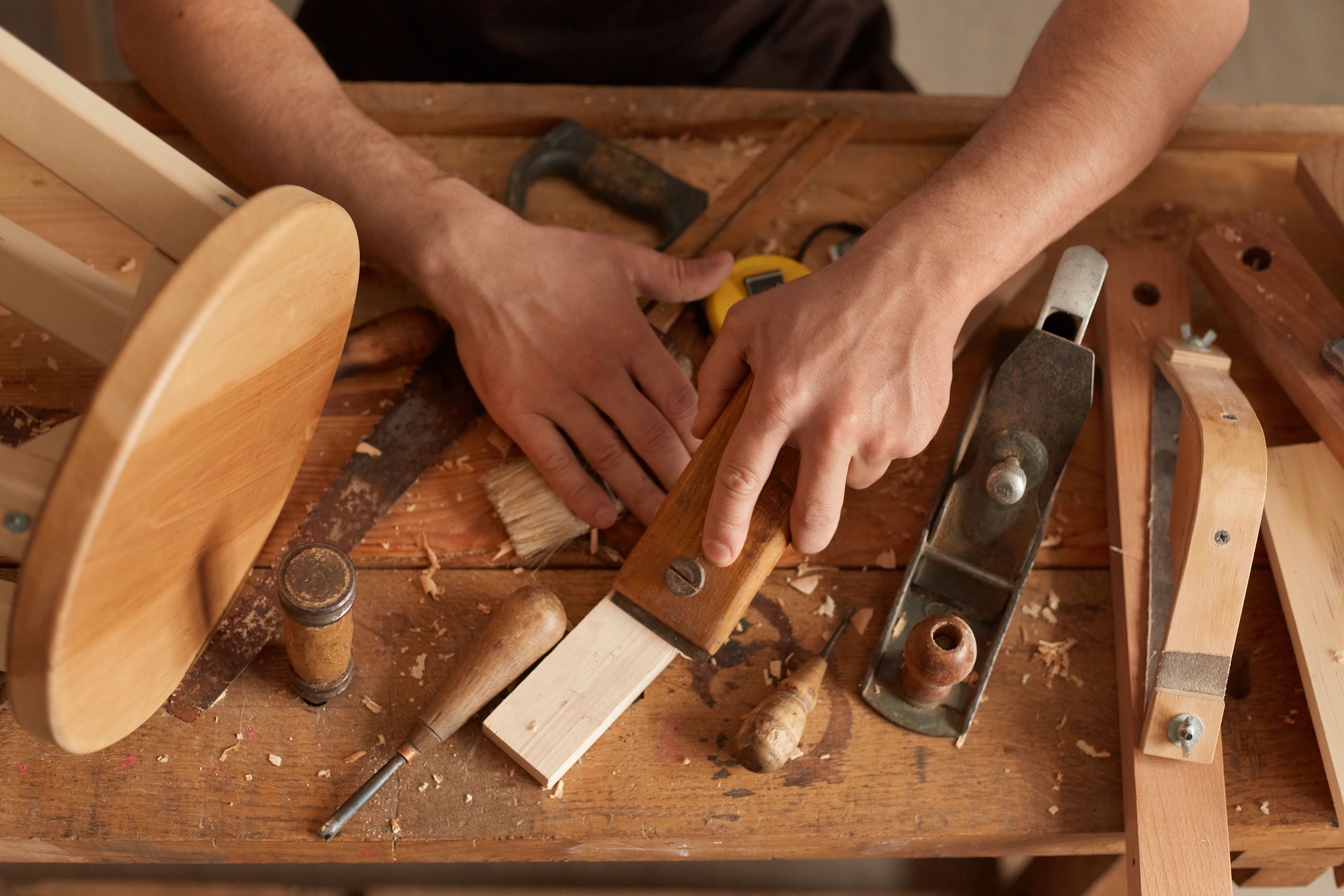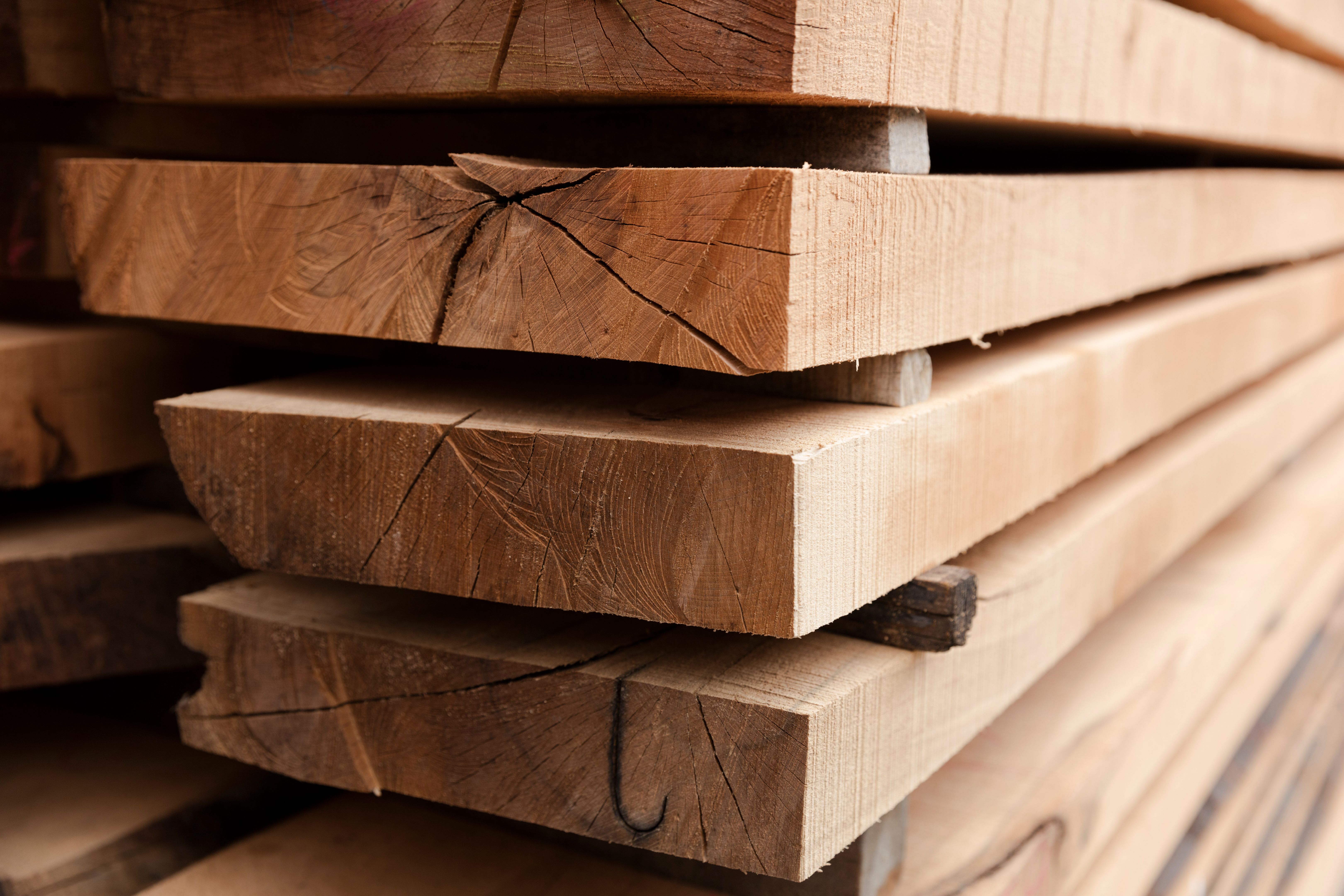Adhesives in Furniture Making
Understanding Adhesives in Furniture Making
When it comes to furniture making, choosing the right adhesive is as crucial as selecting the wood itself. The right glue ensures durability, enhances aesthetics, and ultimately determines the longevity of the furniture piece. In this guide, we will walk you through the essential adhesives used in furniture making, helping you make informed choices for your projects.

Types of Adhesives
There are several types of adhesives commonly used in furniture making. Each type has its own set of properties and is suited for specific applications. Here’s a list of the most prevalent types:
- PVA Glue (Polyvinyl Acetate): Widely used for its strong bond and versatility, PVA glue is ideal for wood-to-wood applications.
- Epoxy: Known for its superior bonding strength and resistance to moisture, epoxy is often used for high-stress joints.
- Polyurethane Glue: This adhesive expands as it cures, filling in gaps and providing a strong bond, perfect for outdoor furniture.
- Contact Cement: Often used for laminates and veneers, contact cement bonds instantly upon contact.

Choosing the Right Adhesive
When selecting an adhesive, consider the type of materials you are working with, the environmental conditions, and the specific demands of the project. For indoor furniture, a strong PVA glue might suffice, while outdoor pieces may require polyurethane glue for its weather-resistant properties.
Environmental factors such as humidity and temperature also play a significant role in the effectiveness of adhesives. For instance, epoxy can withstand extreme temperatures, making it suitable for furniture that will be exposed to fluctuating conditions.
Application Techniques
The way you apply adhesive can impact the strength and appearance of the joint. Here are some tips for effective application:
- Surface Preparation: Ensure surfaces are clean and dry before applying adhesive. Sand rough edges to improve bonding.
- Clamping: Use clamps to hold pieces together while the adhesive cures. This ensures a tight bond.
- Application Tools: Use brushes or spatulas for even distribution of glue, avoiding excess that can lead to weak joints.

Common Mistakes to Avoid
Avoiding common mistakes can save time and ensure a stronger bond. One frequent error is using too much adhesive, which can weaken joints. Another mistake is rushing the curing process; always allow adequate time for the adhesive to set fully.
Ensure compatibility between the adhesive and materials used. Some adhesives may react adversely with certain finishes or woods, potentially compromising the integrity of the joint.
Maintaining Your Tools and Workspace
Keeping your tools clean and your workspace organized is key to successful projects. Dried adhesive on tools can affect their performance. Regularly clean application tools with appropriate solvents to maintain their efficiency.
A well-organized workspace not only improves efficiency but also minimizes accidents and errors. Keep frequently used adhesives within reach and store them according to manufacturer instructions to extend their shelf life.

The Future of Adhesives in Furniture Making
Innovation in adhesive technology is continually evolving. From eco-friendly formulations to adhesives that cure faster without compromising strength, advancements are making furniture making more efficient and sustainable. Staying informed about these developments can give you a competitive edge in your craft.
In conclusion, understanding the various adhesives available and their applications is essential for successful furniture making. By selecting the right glue and applying it correctly, you can create beautiful, durable furniture that stands the test of time.
Commercial Kitchen Marketplace
Your one-stop online destination for equipping professional kitchens. Discover a wide selection of durable, high-quality commercial-grade appliances, from heavy-duty ovens and refrigeration units to efficient food preparation tools and essential kitchenware. Visit our store: http://avice.org
